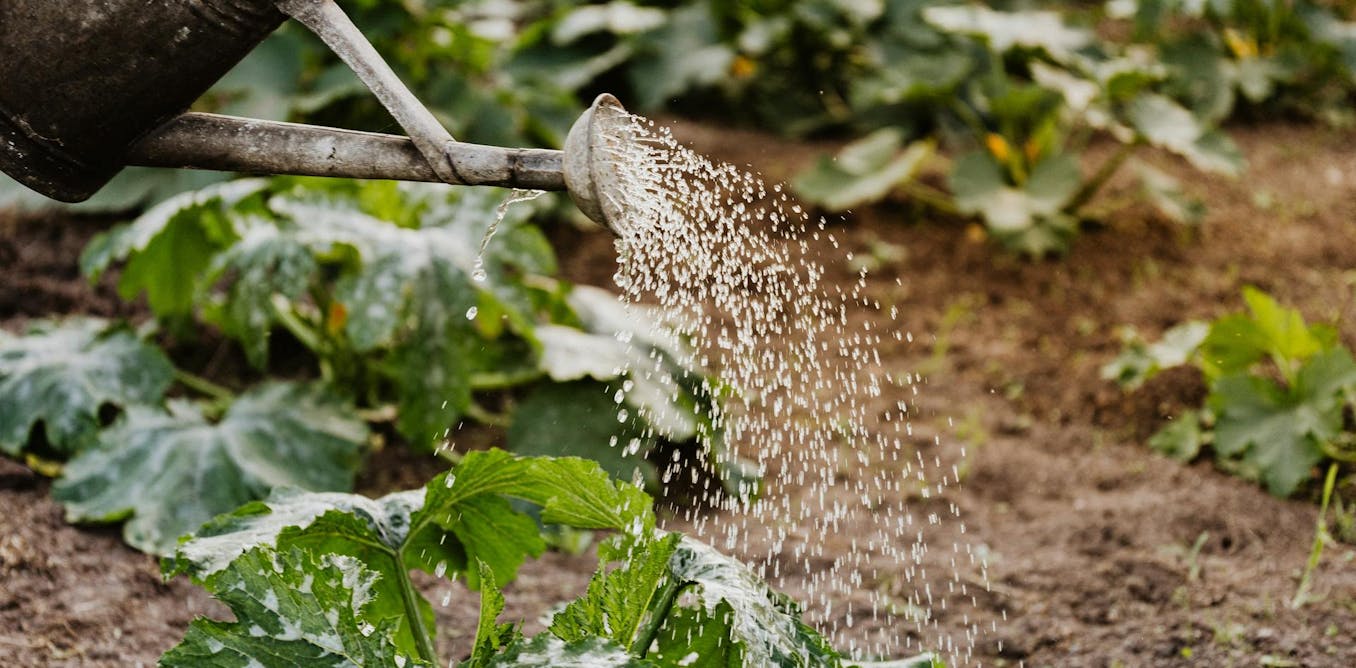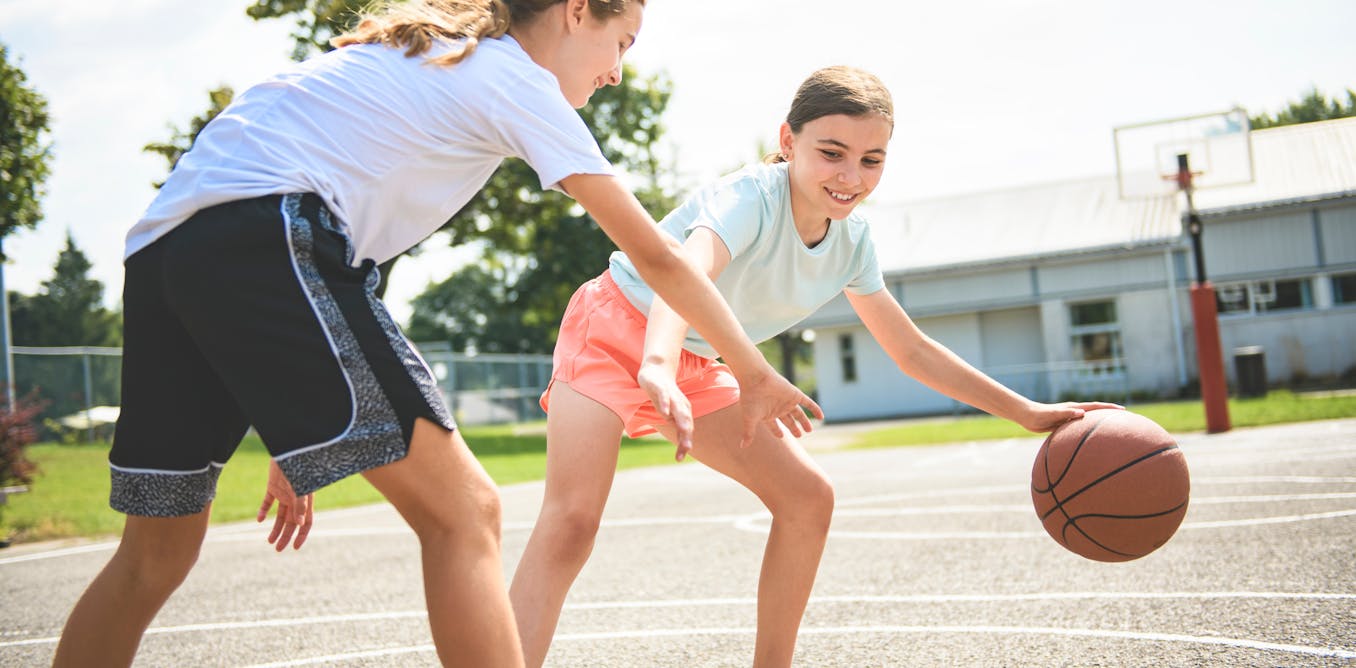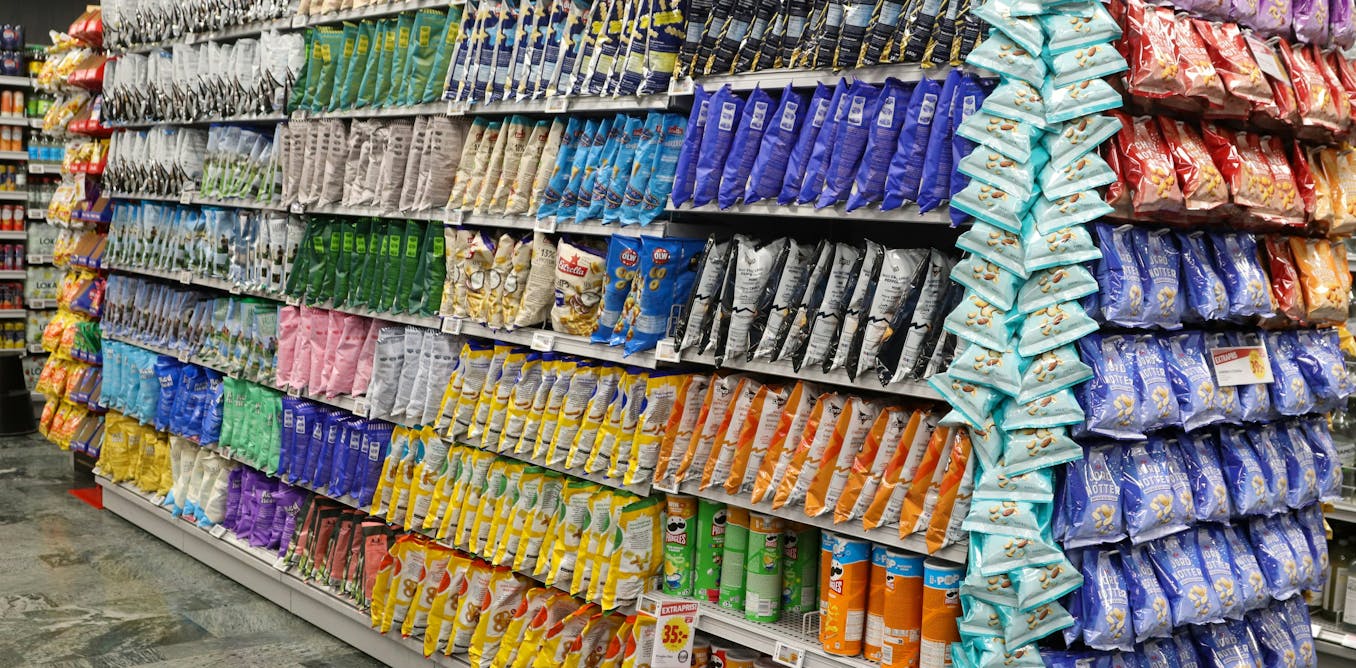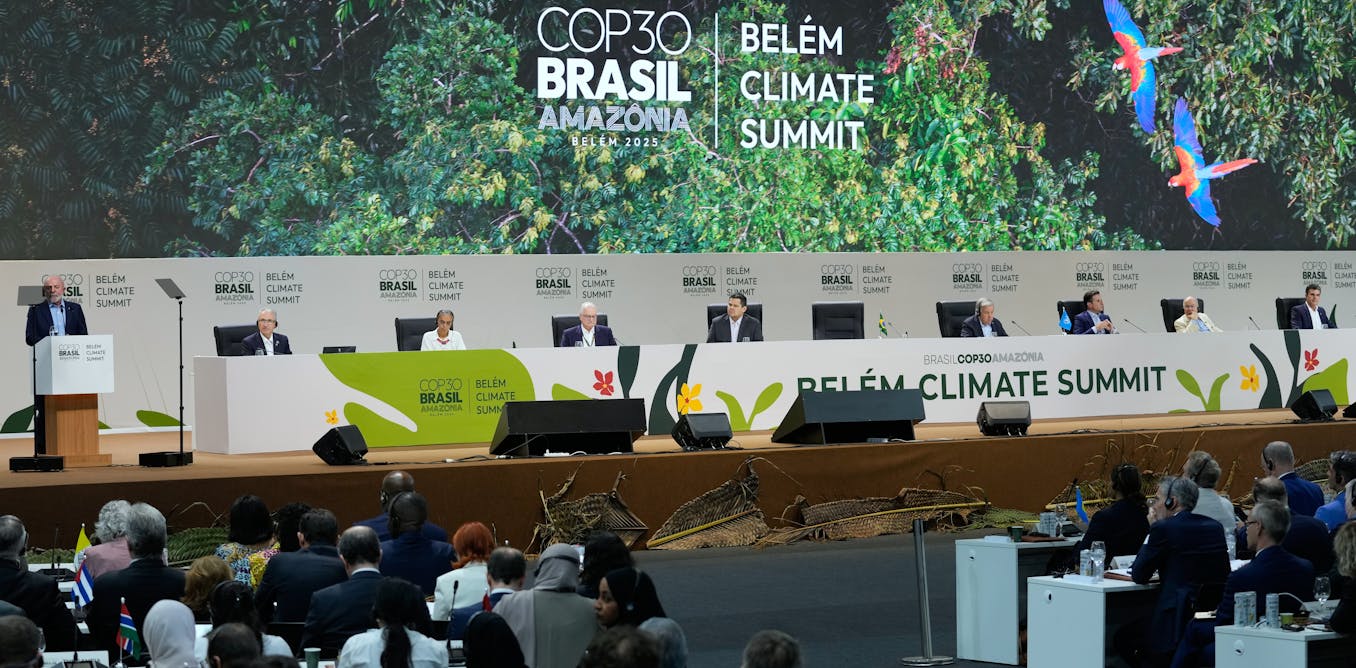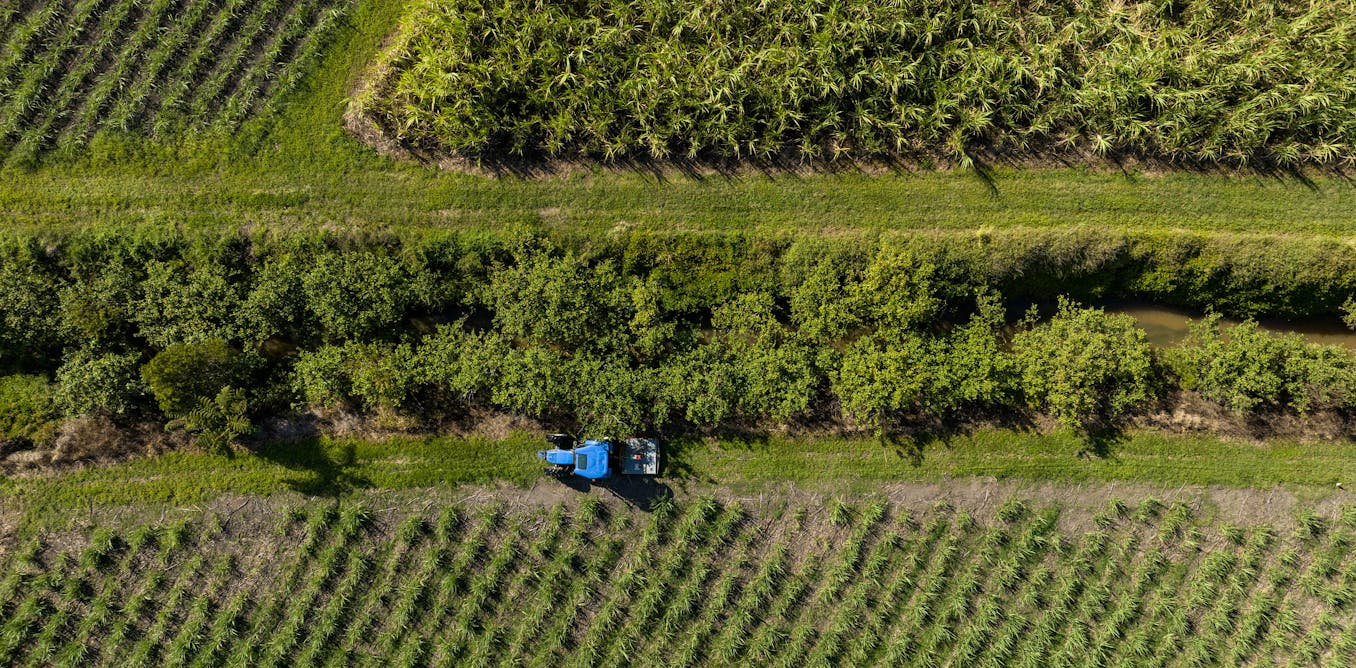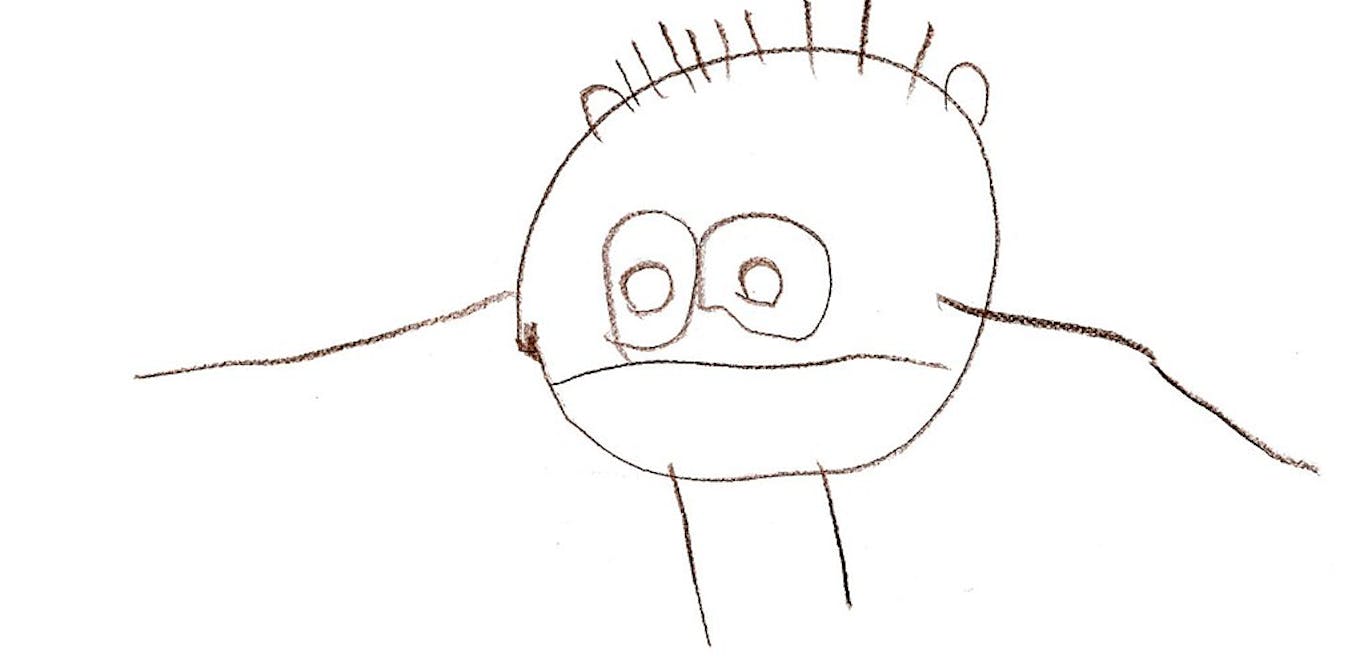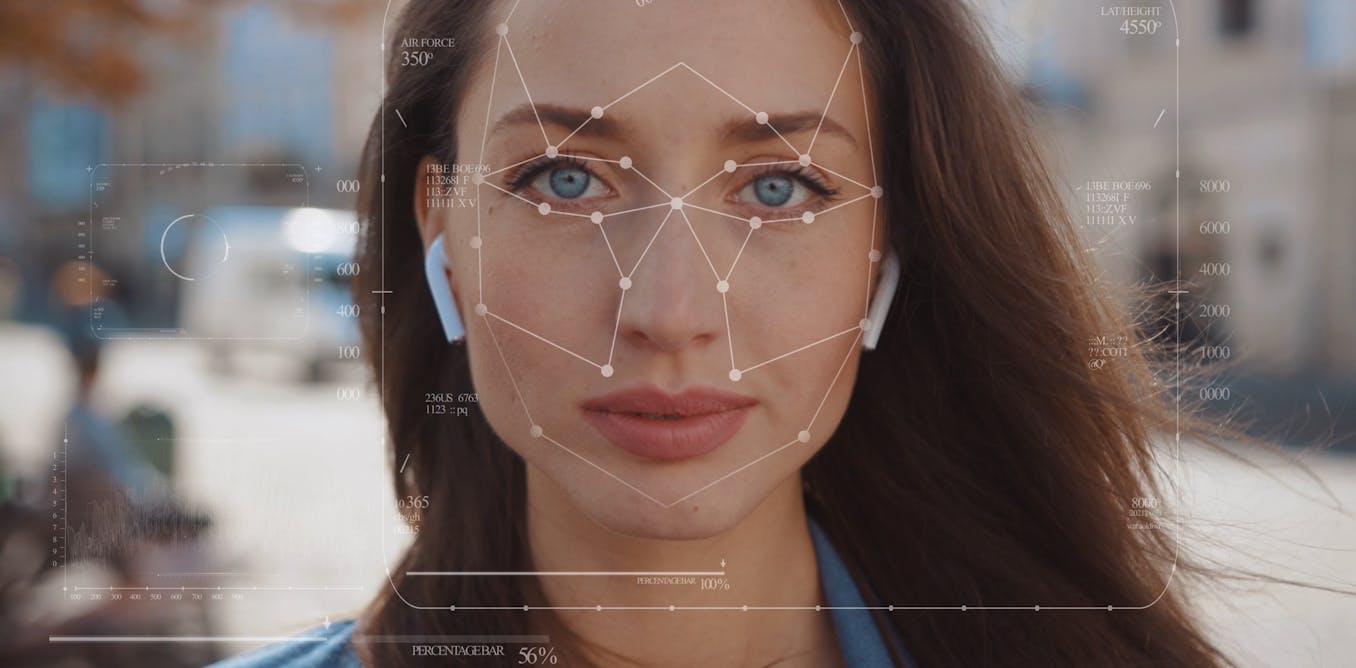A video of 19-month-old Orla from Liverpool has gone viral, reaching more than 19 million views on TikTok. In the clip, babysitter Olayka is trying to coax Orla into having a nap. Orla, however, wants to stay up and protests in babbling sounds – with a distinct Liverpool English (“scouse”) accent.
Behind this adorable exchange, important processes of language acquisition are at work. Here is what science says about the importance of babbling and how it is linked to accents.
Baby babbling is an important milestone in children’s language development. It is a way for children to explore and practice the sounds of their language, and often indicates that they will soon be talking using real words.
Most babies will start to make babbling sounds before their first birthday. Over time, their babbling will increasingly resemble the sounds of their language, eventually morphing into recognisable words.
One of the most striking features of Orla’s babbling is its clear resemblance to scouse. Language researchers have observed that children’s babbling is influenced by the way that their parents and caregivers speak.
Babies learning English make different babbling sounds to babies learning French, as they tend to mimic the specific speech patterns used by the adult speakers of their language. For instance, English baby babbling contains a lot of syllables that end in consonants (“ack”, “et”, “ug”), whereas French babies will often stretch out the last syllable of their babbled sentences and say it for longer (“oh” → “oooh”).
This suggests that babies are actively trying to learn their language and communicate with their families from a very early age. Even before Orla can form real sentences, she has learned to pronounce the basic sounds of English by interacting with her caregivers, who talk to her with the unique rhythm and phonology of scouse. These same distinctive properties show up in Orla’s babbling.
Growing vocabulary
Why can Orla have a conversation in babble? At the start of the video, Olayka asks “Do you want to go to sleep?”, and a defiant Orla responds “No!” before babbling her explanation. It appears that she can understand what the grown-ups are saying. This is because, although Orla cannot say many words, she can understand a lot of them.
During their early years, most children can understand a lot more words than they can say. By the time they are nine months old, infants show signs of understanding some common words like “milk” and “nose”, but they usually cannot say any of these words, as their motor skills are not yet up to it.
Between the ages of one and two years, children show a rapid growth in their vocabulary and learn a lot of new words very quickly. But their ability to speak still lags behind their understanding. At Orla’s age of 19 months, most children can recognise hundreds of words, but they can say less than half of the words they understand
_
CC BY-SA
Language scientists call this the “comprehension-production asymmetry”. As children become more experienced with the language, this gap in their knowledge shrinks and their ability to speak catches up with their understanding. Eventually, their babbling evolves into real words.
It is clear that speaking and understanding are tightly linked – children must understand a word to use it correctly in their own sentences. But learning the words of a language is a gradual process rather than an all-in-one leap from no understanding to complete understanding.
Children reinforce their knowledge of words over time, gradually making fewer mistakes when they talk and becoming faster and faster at recognising words when they hear them.
Part of the reason for infants’ shift from babbling to talking with real words may be due to physical changes allowing them to produce new sounds. But experiments have also found that the process of converting our thoughts into words as we speak is difficult and may require a deeper level of knowledge compared to understanding the words when other people use them.
This could explain why Orla can respond to Olayka’s questions – she has enough language knowledge to understand (at least some of) the words, but not yet enough to reliably say these words herself.
Link to language skills
Children’s babbling could provide early insights into their language learning. Several studies have found that children who babble a lot from a young age tend to learn words earlier than children who are less talkative.
There is also some evidence that infants with developmental conditions, such as autism spectrum disorder, may be less likely to babble than typically developing children.
But it is important to remember that everyone is different. Although there are clear trends in children’s development, there are also wide individual differences. Even toddlers have their own personality – some are very talkative, others more shy. It is perfectly normal for children to start babbling at different ages and learn their language at different speeds.
Research shows that the most effective way to support a child’s language learning is to spend time interacting and talking with them. Give your child lots of practice with the language, and they will take care of the rest.
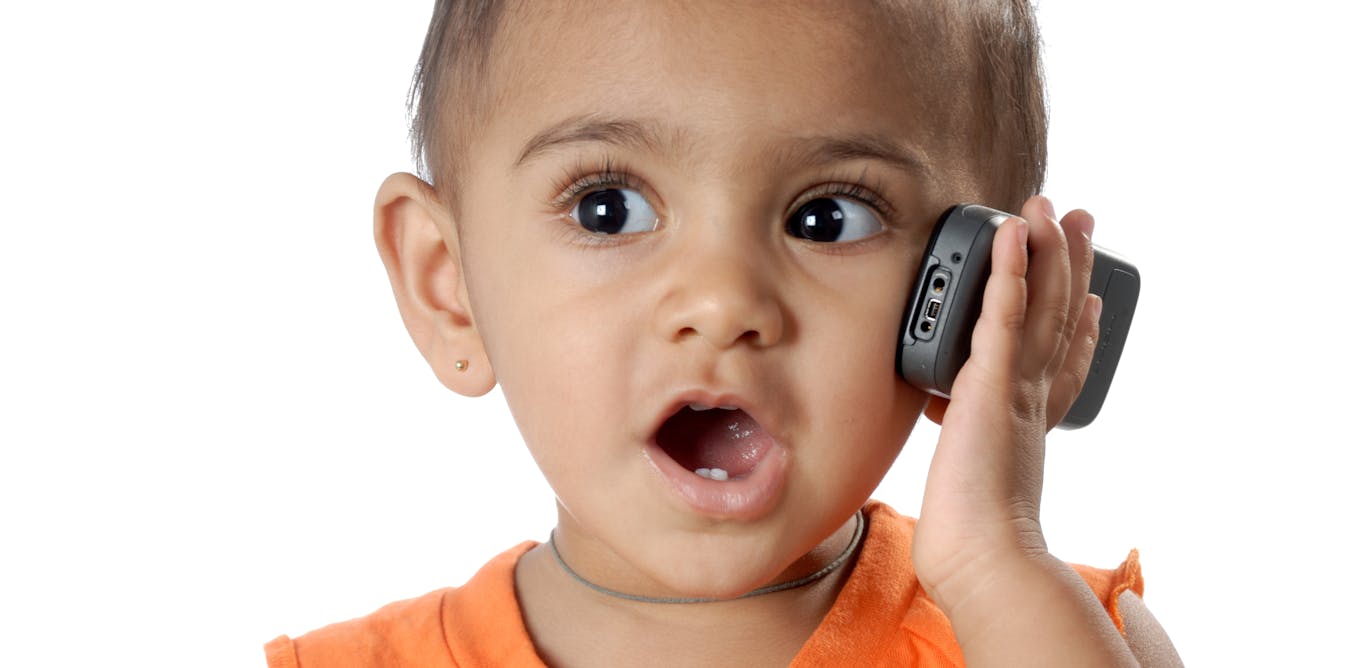
The post “The science of baby babbling – and why it can take on accents” by Andrew Jessop, Lecturer in Psychology, University of Liverpool was published on 07/01/2024 by theconversation.com






